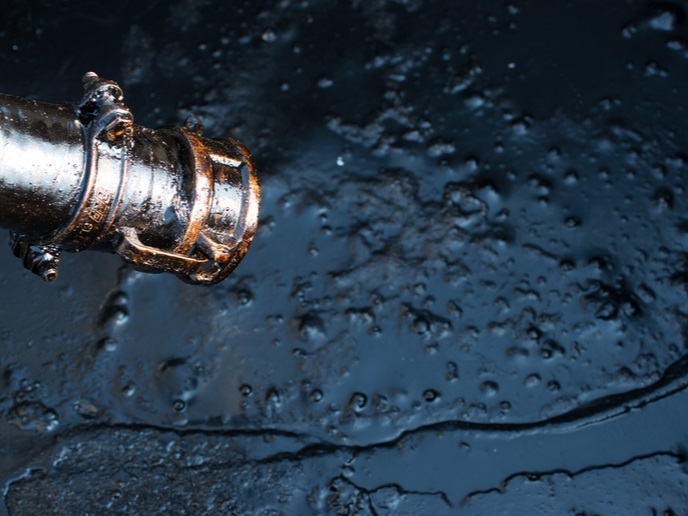Automation can make oil and gas drilling operations safer
Drilling is a key technology in several applications of strategic or societal importance, including the exploration for and extraction of oil, gas, geothermal and mineral resources; and geological storage of CO2. Practical success hinges on the ability to exploit the increasingly challenging deepwater reservoirs.
Two major preoccupations: productivity and pressure control
Well construction costs have largely increased over the last few years, while there is also lack of technologies that could make drilling more efficient. Adopting automated processes instead of focusing on human-centric solutions is an important milestone for deep well drilling. Narrow drilling margins, in terms of safe down-hole pressure windows, are another insurmountable challenge that complicates deep well operations. Maintaining a small difference between the pore pressure (the fluid pressure inside rock pores pushing out) and the fracture gradient (the fluid pressure needed outside the rock to fracture it) within limits is critical to the safety of such operations. Too much (wellbore) pressure and the formation will fracture the borehole; not enough will lead to hole instability and increase the chances of influx of formation fluid into the well. This condition is referred to as a well control incident, which in the worst case can escalate, namely the force of the escaping fluid/gas can be strong enough to damage the drilling rig. The Deepwater Horizon well blowout in the Gulf of Mexico in April 2010 which occurred at a 1 500-m water depth is the most notable example of this kind of disaster. “Besides preventing serious drilling accidents, retaining a narrow pressure window results in continuous operations without breaks, and therefore, incurs no loss of productivity,” notes Nathan van de Wouw, coordinator of the HYDRA project which received funding under the Marie Skłodowska-Curie programme.
Creating virtual drilling scenarios
HYDRA developed hydraulic models that can accurately predict the pressure and flow of the mud in the wellbore. These models and other numerical tools were embedded in newly developed software that allows simulations for different types of drilling operations. “HYDRA outputs support more reliable virtual drilling scenario testing. Prior to the actual drilling operations, leading oil and gas companies can, for example, run many different scenarios to determine whether the operation is viable and safe. By running several instances of the flow model using different mud/wellbore characteristics and operational conditions, operators can predict the down-hole pressure response so that accidents are less frequent,” adds van de Wouw. The market may be littered with software tools that simulate fluids and multiphase flows, but modelling the large array of their complex properties takes a lot of time. There might be also simple models that yet do not accurately describe flow properties. “Within HYDRA, we strike a balance, developing models that take essential flow effects into account, but are simple and fast enough to be used for testing virtual drilling scenarios,” notes van de Wouw. Project researchers also developed model order reduction techniques to further reduce the computational complexity of their mathematical models in numerical simulations. “Such techniques not only enable faster simulations, but also make it feasible to design improved controllers for automating managed pressure drilling,” he concludes.
Keywords
HYDRA, drilling, simulations, oil, gas, virtual drilling scenarios, narrow pressure window, model order reduction, managed pressure drilling



